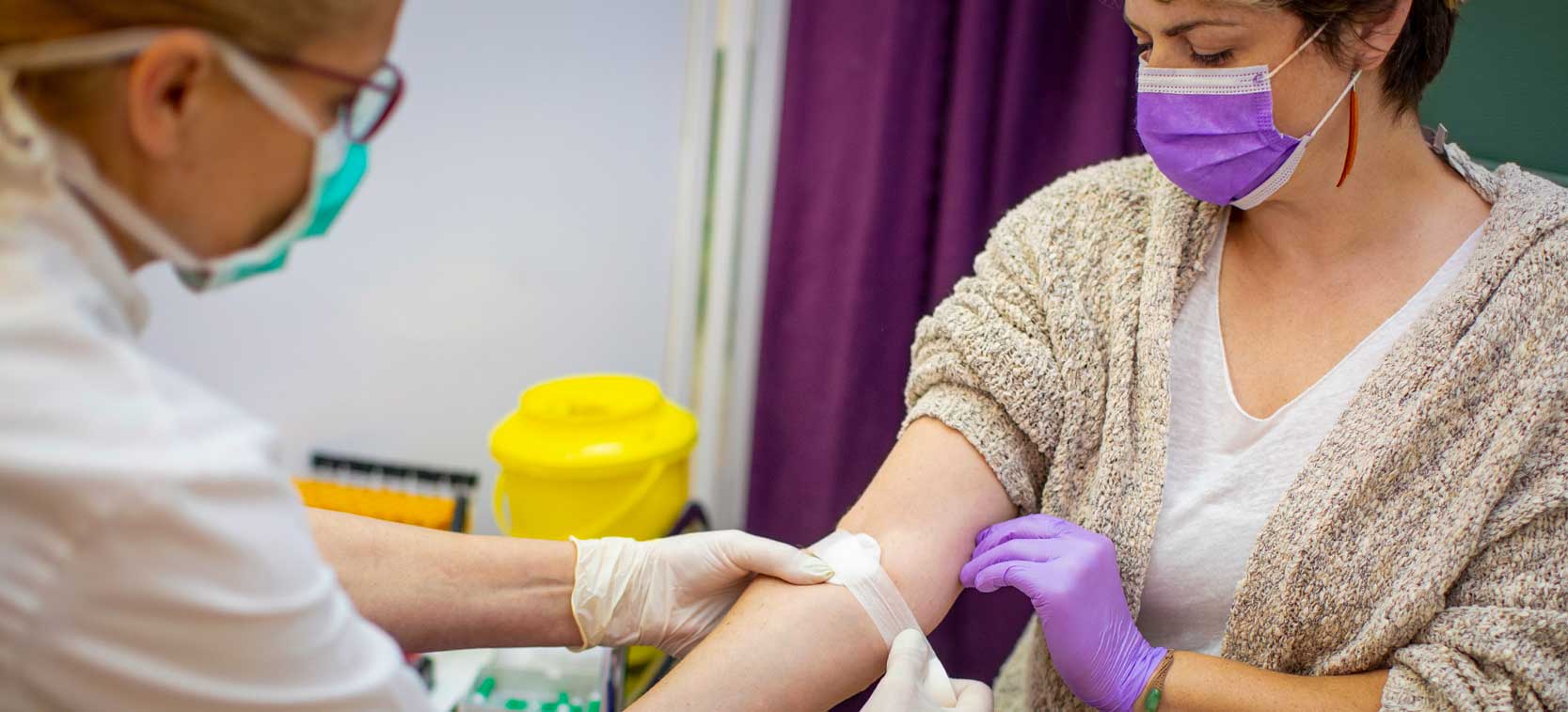The 15-Second Trick For Northeast Medical Institute - New Haven Campus Phlebotomy Course & Cna Class
The 15-Second Trick For Northeast Medical Institute - New Haven Campus Phlebotomy Course & Cna Class
Blog Article
The Best Strategy To Use For Northeast Medical Institute - New Haven Campus Phlebotomy Course & Cna Class
Table of ContentsSome Known Factual Statements About Northeast Medical Institute - New Haven Campus Phlebotomy Course & Cna Class Getting The Northeast Medical Institute - New Haven Campus Phlebotomy Course & Cna Class To WorkWhat Does Northeast Medical Institute - New Haven Campus Phlebotomy Course & Cna Class Do?See This Report on Northeast Medical Institute - New Haven Campus Phlebotomy Course & Cna ClassThe Ultimate Guide To Northeast Medical Institute - New Haven Campus Phlebotomy Course & Cna ClassRumored Buzz on Northeast Medical Institute - New Haven Campus Phlebotomy Course & Cna Class
The use of such devices ought to be gone along with by other infection avoidance and control practices, and training in their use. Not all safety tools are appropriate to phlebotomy. Before picking a safety-engineered tool, users must completely investigate available gadgets to identify their appropriate use, compatibility with existing phlebotomy practices, and effectiveness in protecting team and clients (12, 33).For setups with low sources, price is a motoring factor in procurement of safety-engineered gadgets. Where safety-engineered tools are not readily available, experienced use of a needle and syringe is acceptable.
Among the necessary markers of high quality of care in phlebotomy is the involvement and collaboration of the client; this is mutually beneficial to both the health employee and the individual. Clear information either composed or verbal ought to be available to every person that undergoes phlebotomy. Annex F provides example message for clarifying the blood-sampling treatment to a client. In the blood-sampling room for an outpatient department or center, give a comfortable reclining sofa with an arm remainder.
Northeast Medical Institute - New Haven Campus Phlebotomy Course & Cna Class Can Be Fun For Anyone
Make certain that the indications for blood sampling are clearly defined, either in a written protocol or in documented guidelines (e.g. in a research laboratory form). Whatsoever times, adhere to the methods for infection avoidance and control detailed in Table 2.2. Infection prevention and control practices. Gather all the tools required for the procedure and area it within secure and very easy reach on a tray or trolley, making sure that all the things are plainly noticeable.
Where the client is grown-up and aware, comply with the steps laid out listed below. Present yourself to the individual, and ask the patient to state their complete name. Inspect that the laboratory type matches the person's identification (i.e. match the person's information with the laboratory kind, to make sure precise identification). Ask whether the patent has allergic reactions, fears or has ever before passed out during previous shots or blood attracts.
Make the patient comfortable in a supine placement (if feasible). The person has a right to refuse a test at any type of time before the blood sampling, so it is essential to ensure that the patient has comprehended the procedure - Phlebotomy Courses.
The Best Guide To Northeast Medical Institute - New Haven Campus Phlebotomy Course & Cna Class
Extend the individual's arm and evaluate the antecubital fossa or forearm. Situate a blood vessel of an excellent dimension that is noticeable, straight and clear.
DO NOT insert the needle where veins are diverting, due to the fact that this increases the opportunity of a haematoma. Locating the blood vessel will certainly help in determining the appropriate dimension of needle.
Samplings from central lines bring a danger of contamination or erroneous web link laboratory examination outcomes. It is acceptable, however not ideal, to attract blood samplings when very first presenting an in-dwelling venous device, before linking the cannula to the intravenous liquids.
Facts About Northeast Medical Institute - New Haven Campus Phlebotomy Course & Cna Class Revealed
Allow the area to dry. Failure to permit enough contact time raises the risk of contamination. DO NOT touch the cleaned up site; particularly, DO NOT put a finger over the vein to assist the shaft of the revealed needle. It the website is touched, repeat the disinfection. Perform venepuncture as follows.
Ask the client to create a clenched fist so the veins are a lot more noticeable. Enter the vein swiftly at a 30 degree angle or much less, and remain to present the needle along the capillary at the easiest angle of entry - PCT Classes. As soon as sufficient blood has actually been collected, release the tourniquet prior to taking out the needle
The 5-Minute Rule for Northeast Medical Institute - New Haven Campus Phlebotomy Course & Cna Class
Take out the needle gently and apply mild pressure to the website with a clean gauze or completely dry cotton-wool sphere. Ask the person to hold the gauze or cotton woollen in location, with the arm extended and increased. Ask the patient NOT to flex the arm, since doing so causes a haematoma.

Everything about Northeast Medical Institute - New Haven Campus Phlebotomy Course & Cna Class
Do not press the syringe plunger due to the fact that additional pressure enhances the threat of haemolysis. Where feasible, keep the tubes in a rack and move the rack in the direction of you. Infuse downwards right into the appropriate coloured stopper. DO NOT eliminate the stopper because it will launch the vacuum. If the example tube does not have a rubber stopper, inject exceptionally gradually right into the tube as minimizing the pressure and velocity made use of to move the sampling reduces the risk of haemolysis.

Report this page